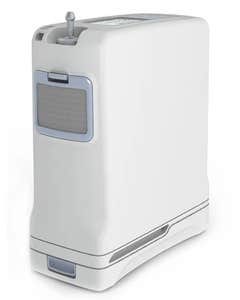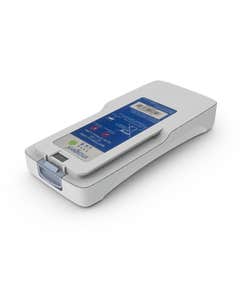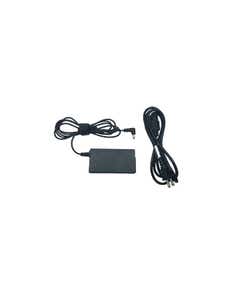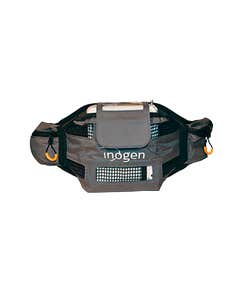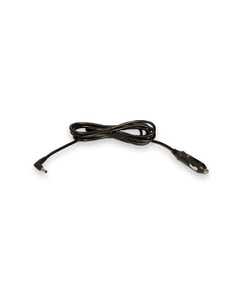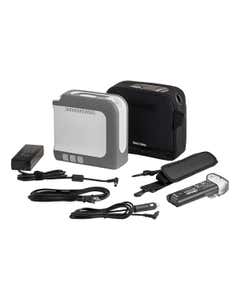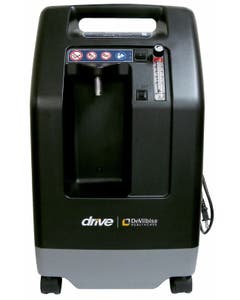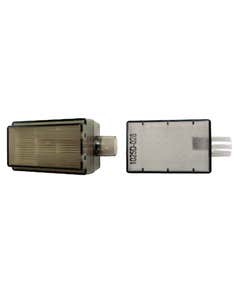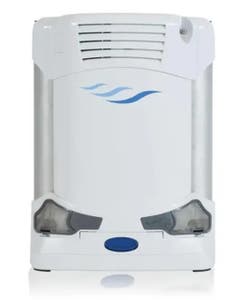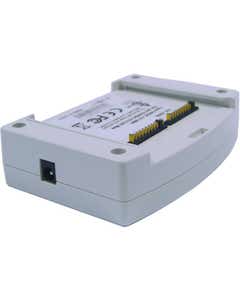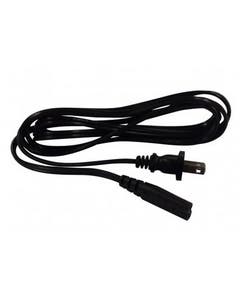Patients with respiratory illness may require supplemental medical oxygen. When your physician writes a prescription, they will indicate the number of liters of oxygen delivered per minute (LPM) that you require. The LPM required will help determine whether a pulse dose or continuous flow oxygen concentrator best suits your needs. Here’s how the two types of devices work.
What is Pulse Dose?
Pulse dose oxygen concentrators deliver oxygen on inhalation. This type of oxygen flow is ideal for treating respiratory conditions that do not require a high LPM (liters of oxygen delivered per minute). The benefit of a pulse dose oxygen concentrator is that it works with your breathing needs as they change. You get oxygen at your own pace. Plus, pulse dose oxygen concentrators are usually small, compact and lightweight so they are also easy to take along for daily activities.
What is Continuous Flow?
Continuous flow oxygen concentrators deliver a steady flow of oxygen all the time. If your prescription calls for a high LPM, you will probably need a continuous flow concentrator. These machines work harder than pulse concentrators, delivering oxygen all day and night, even as you sleep.
Best Pulse Dose Oxygen Concentrators
If you have a prescription for a low LPM, you can choose from a variety of pulse dose oxygen concentrators. Portable concentrators are currently the only machines that offer a pulse dose setting.
Inogen One G4 Portable Oxygen Concentrator
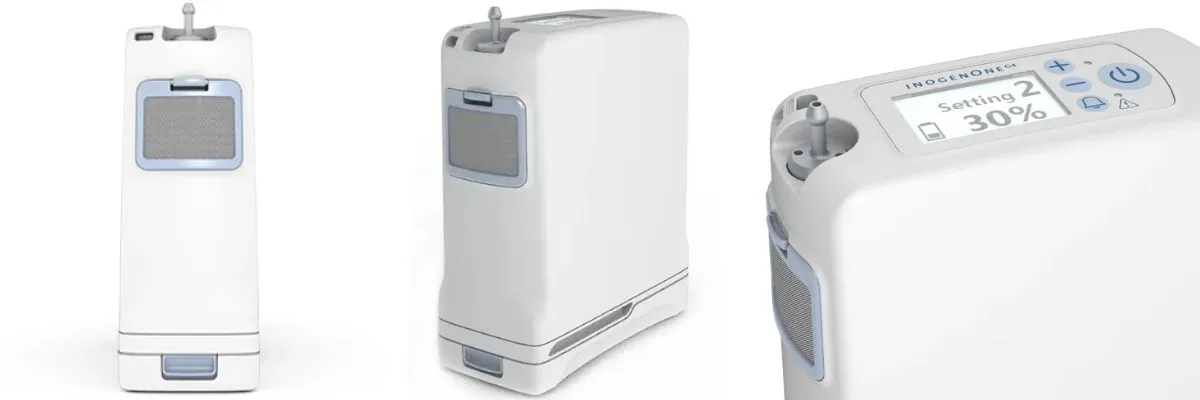
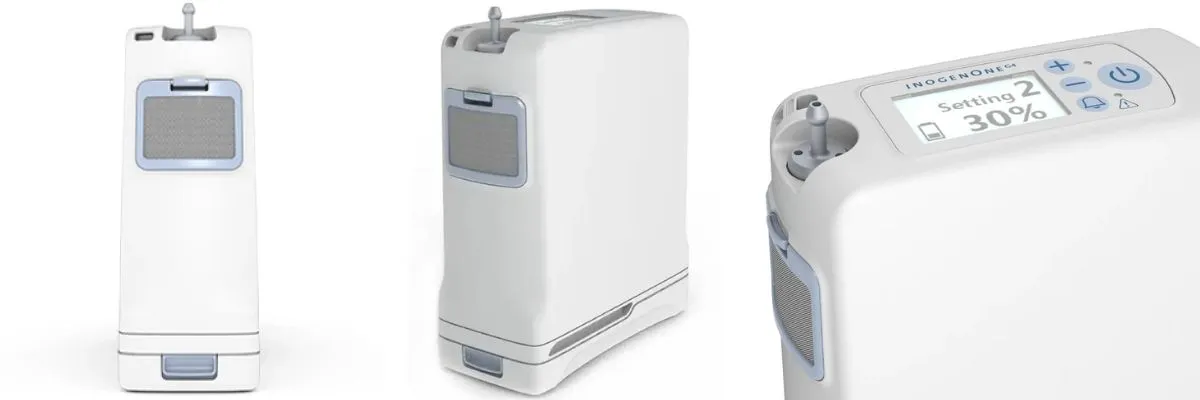
As a portable oxygen concentrator, the Inogen One G4 Portable Concentrator is versatile. It detects your breath and delivers essential oxygen needs with precision. This unit is both lightweight and compact, weighing only 3.3 lbs with a double battery and sized to 6”x3”x7”. With an extended battery, this POC can run for up to 9 hours. Its design allows oxygen delivery on the go, so users can stay active. It delivers oxygen in 3 Pulse Dose Settings (your setting will be determined by your doctor's prescription) and can be charged with DC or AC power cords.
The Inogen One G4 also has an upgraded panel control, featuring a backlit LCD screen, large buttons, battery life indicator, and more, making it easier for those with vision impairments to operate their device and check their flow settings.
Drive DeVilbiss iGO2 Portable Oxygen Concentrator
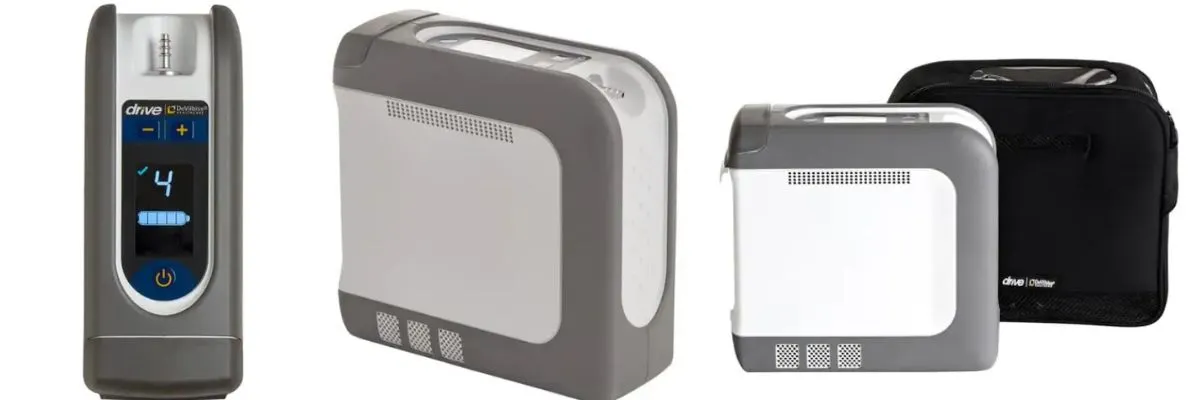
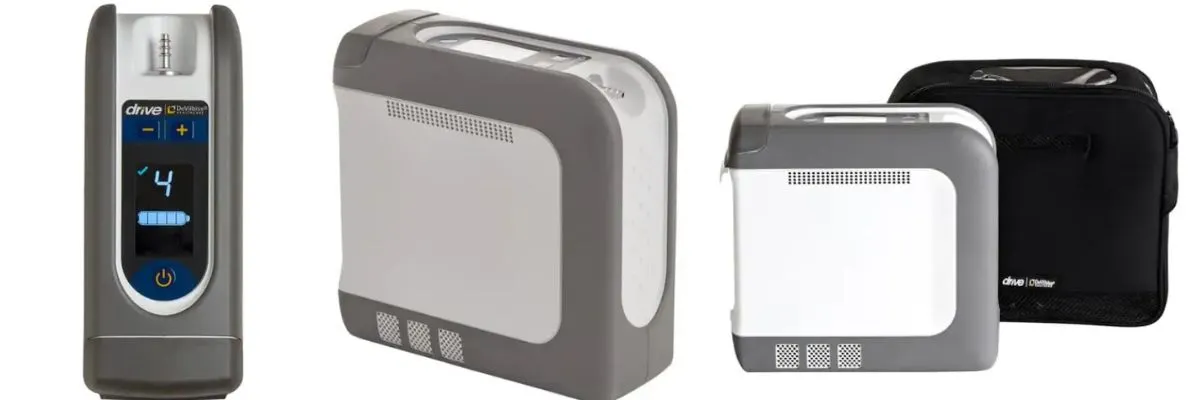
The DeVilbiss iGo2 Portable Oxygen Concentrator is another popular pulse dose unit thanks to its many features. It has auto-adjusting capabilities for delivering oxygen therapy, is easy to travel with, and is lightweight and compact. Users can easily carry this and use it on any form of transportation. It delivers oxygen in 5 Pulse Dose Settings and has a long-lasting battery of up to 5 hours and 30 minutes (depending on which setting you require).
The iGo2 offers convenient performance with a large control panel to operate the device no matter where a user is. This POC is equipped with an ultra-sensitive conserver trigger that is highly sensitive and will alert users audibly and on the screen if there any are issues or errors.
Best Continuous Flow Oxygen Concentrators
Drive DeVilbiss 10 Liter Oxygen Concentrator
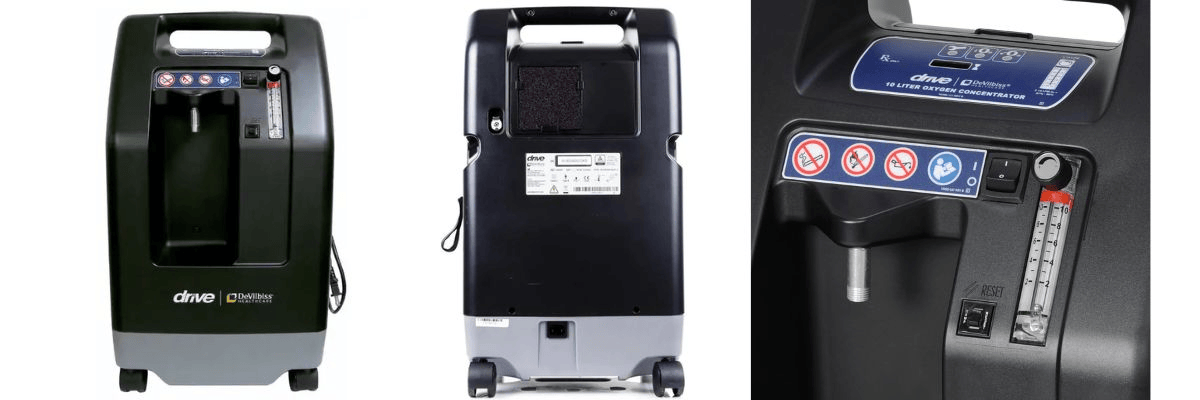
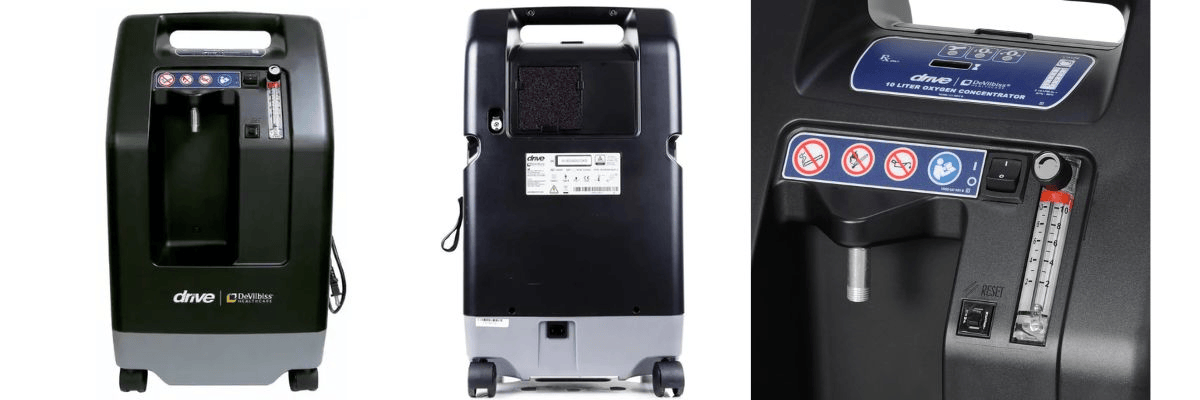
When your oxygen flow settings need to change regularly, you may want to consider the DeVilbiss 10-Liter Home Oxygen Concentrator. This nimble machine delivers 87% to 96% oxygen purity from 2 LPM to 10 LPM. The unit only weighs 42 pounds and comes with wheels, which makes it easy to move from room to room. This oxygen concentrator features an easy-to-use display panel that includes a flow meter and lockable flow control knob. The LED indicators make it easy to see the operating status and other settings.
This oxygen concentrator is equipped with a proprietary oxygen-sensing technology, Oxygen Sensing Device (OSD), to provide correct oxygen delivery by continuously measuring the amount of oxygen generated. This machine can withstand the highest pressures and operates at a volume of less than 69 dBa.
Caire FreeStyle Comfort Portable Oxygen Concentrator
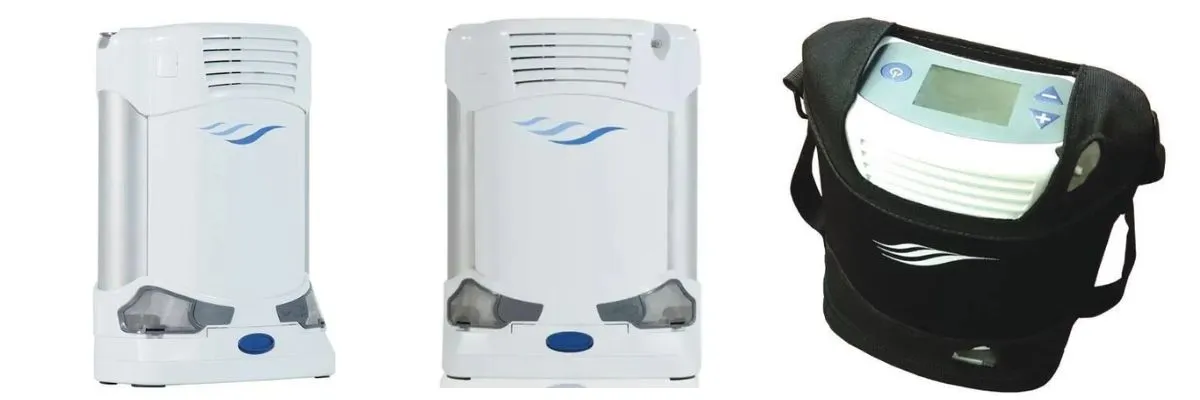
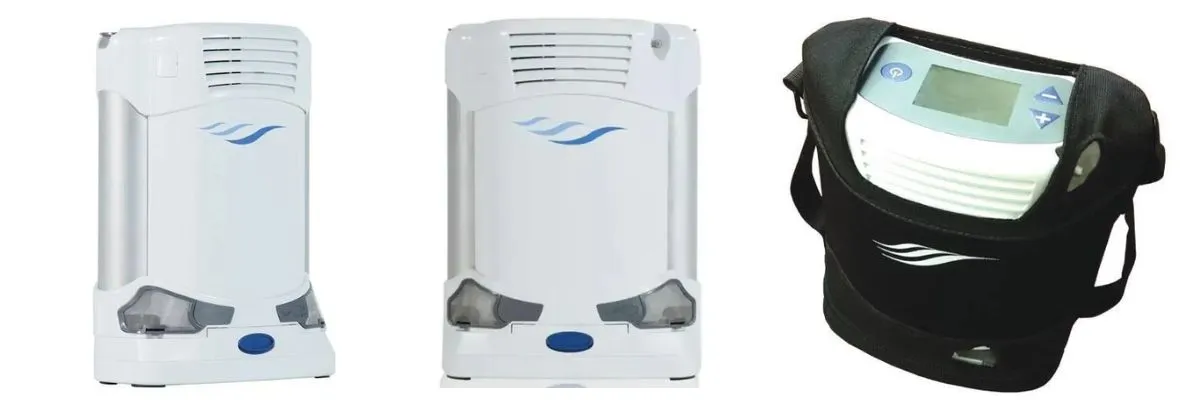
The Caire FreeStyle Comfort Portable Oxygen Concentrator is a highly portable, comfortable, and effective POC. Its lightweight design is only 6 pounds even equipped with its batteries. This device was ergonomically designed to rest against a person’s body in a comfortable way to make treatment easy.
The FreeStyle is FAA-approved for in-flight use, delivers oxygen in 5 pulse dose settings, and has a user-friendly, easy-to-read LCD. The full-color display is touchscreen and provides information like the battery status and more. It also has Ultra Sense Technology which is a breath detection feature to deliver oxygen when necessary. When the system detects a “No Breath Alert” the machine will automatically pulse oxygen.
Pulse Dose vs. Continuous Flow Oxygen Concentrators - Which to Buy?
Oxygen concentrators require a valid prescription from a doctor to purchase. Before selecting a device, be sure to discuss your oxygen needs with a physician. Continuous flow oxygen is generally used for patients with a more severe chronic respiratory condition. For some users, continuous flow oxygen may also need to be combined with CPAP therapy. Pulse dose oxygen, on the other hand, is a great tool for users with less severe conditions. Pulse dose oxygen delivery cannot be used with CPAP therapy.
Some oxygen units are able to provide both continuous flow and pulse dose delivery. For those units, it is important to note that 2.0 LPM of continuous flow oxygen does not equal a pulse dose setting of 2. Talk to your doctor to determine the appropriate number for each setting.
Patients with respiratory illness may require supplemental medical oxygen. When your physician writes a prescription, they will indicate the number of liters of oxygen delivered per minute (LPM) that you require. The LPM required will help determine whether a pulse dose or continuous flow oxygen concentrator best suits your needs. Here’s how the two types of devices work.
What is Pulse Dose?
Pulse dose oxygen concentrators deliver oxygen on inhalation. This type of oxygen flow is ideal for treating respiratory conditions that do not require a high LPM (liters of oxygen delivered per minute). The benefit of a pulse dose oxygen concentrator is that it works with your breathing needs as they change. You get oxygen at your own pace. Plus, pulse dose oxygen concentrators are usually small, compact and lightweight so they are also easy to take along for daily activities.
What is Continuous Flow?
Continuous flow oxygen concentrators deliver a steady flow of oxygen all the time. If your prescription calls for a high LPM, you will probably need a continuous flow concentrator. These machines work harder than pulse concentrators, delivering oxygen all day and night, even as you sleep.
Best Pulse Dose Oxygen Concentrators
If you have a prescription for a low LPM, you can choose from a variety of pulse dose oxygen concentrators. Portable concentrators are currently the only machines that offer a pulse dose setting.
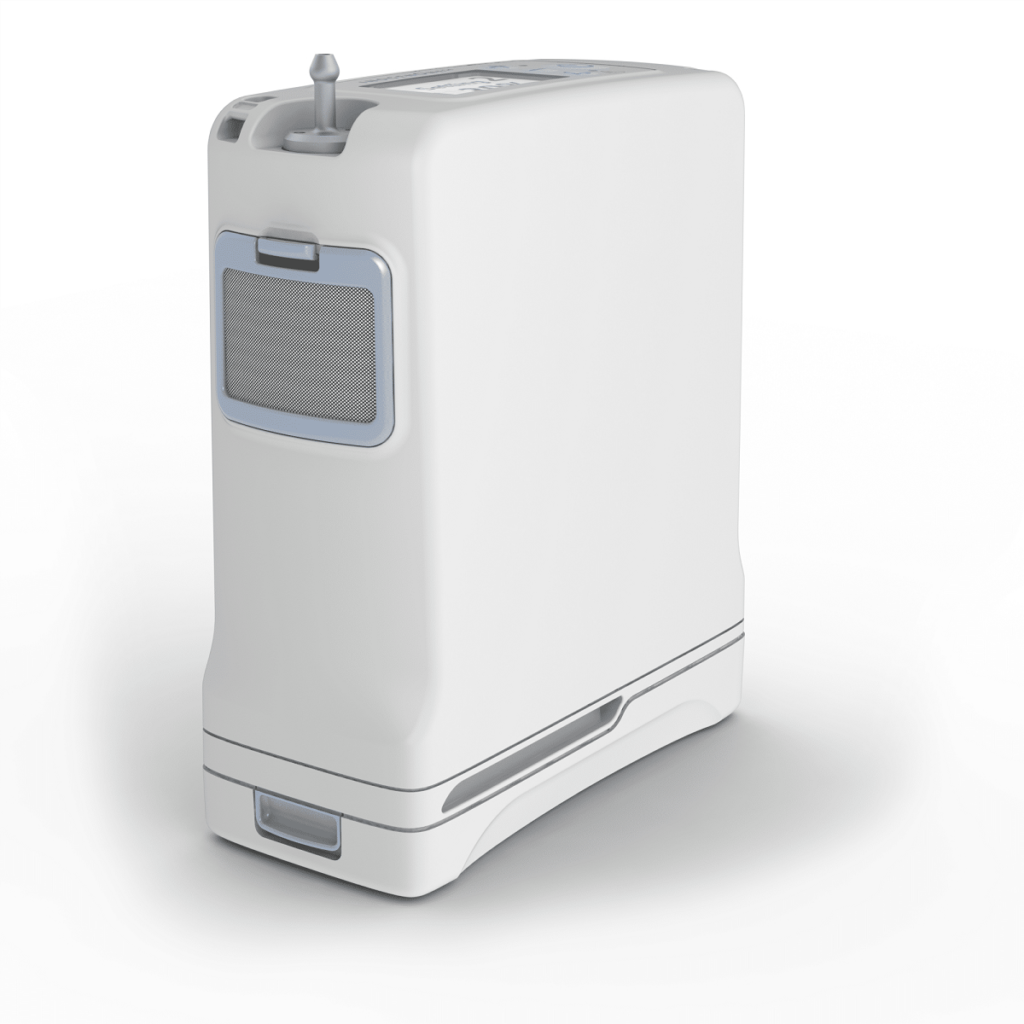
As a portable oxygen concentrator, the Inogen One G4 Portable Concentrator is versatile. It detects your breath and delivers essential oxygen needs with precision. This unit is both lightweight and compact, weighing only 3.3lbs with a double battery and sized to 6”x3”x7”. Its design allows oxygen delivery on-the-go, so users can stay active.
The DeVilbiss iGo Portable Oxygen Concentrator is another popular pulse dose unit thanks to a number of features. It includes a built-in Oxygen Sensing Device (OSD) to ensure accurate delivery of therapy. With a battery that lasts up to 5.4 hours, patients don’t have to worry about rushing to the nearest outlet. The iGo even allows for tubing up to 35 feet long in pulse flow mode, allowing users more freedom to move around.
Best Continuous Flow Oxygen Concentrators
Home concentrators like the Philips Respironics EverFlo Q Oxygen Concentrator with OPI deliver continuous oxygen between 1 to 5 LPM. The OPI, or Oxygen Purity Indicator, measures oxygen output to ensure accurate purity. Because continuous flow concentrators run constantly, patients usually choose a machine like the EverFlo Q because it is quiet at 40 dBa.

When your oxygen flow settings need to change regularly, you may want to consider the DeVilbiss 10 Liter Home Oxygen Concentrator. This nimble machine delivers 87% to 96% oxygen purity from 2 LPM to 10 LPM. The unit only weighs 42 pounds and comes with wheels, which makes it easy to move from room to room.
For a portable option, consider the Philips Respironics SimplyGo Portable Oxygen Concentrator. This compact unit offers both delivery options: up to 2 LPM in continuous or 6 in pulse dose mode. The unit weighs 10lbs with a battery and is sized at 11.5”x10”x6”, making it convenient to run errands or spend time out of the house.
Pulse Dose vs. Continuous Flow Oxygen Concentrators - Which to Buy?
Oxygen concentrators require a valid prescription from a doctor in order to purchase. Before selecting a device, be sure to discuss your oxygen needs with a physician.
Continuous flow oxygen is generally used for patients with a more severe chronic respiratory condition. For some users, continuous flow oxygen may also need to be combined with CPAP therapy. Pulse dose oxygen, on the other hand, is a great tool for users with less severe conditions. Pulse dose oxygen delivery cannot be used with CPAP therapy.
Some oxygen units are able to provide both continuous flow and pulse dose delivery. For those units, it is important to note that 2.0 LPM of continuous flow oxygen does not equal a pulse dose setting of 2. Talk to your doctor to determine the appropriate number for each setting.
If you need help selecting an oxygen concentrator, our knowledgeable customer care team is here to answer any questions. Give us a call at 888-941-1688 or email us at contact@oxygenconcentratorsupplies.com. Let us help you find an oxygen concentrator that best fits your needs.
Conclusion
If you need help selecting an oxygen concentrator, our knowledgeable customer care team is here to answer any questions. We offer high-quality oxygen concentrators from various popular brands, whether you're looking for a pulse dose or continuous flow device. Give our team a call at 888-941-1688 today or visit us on our website!
This post was originally published on March 9, 2020 and updated on April, 24, 2024.



